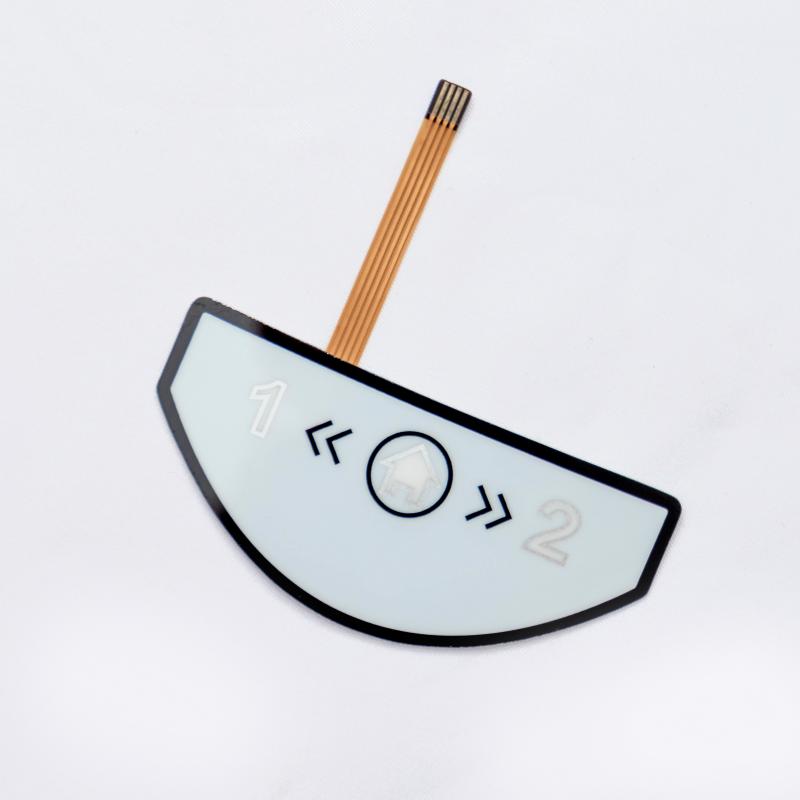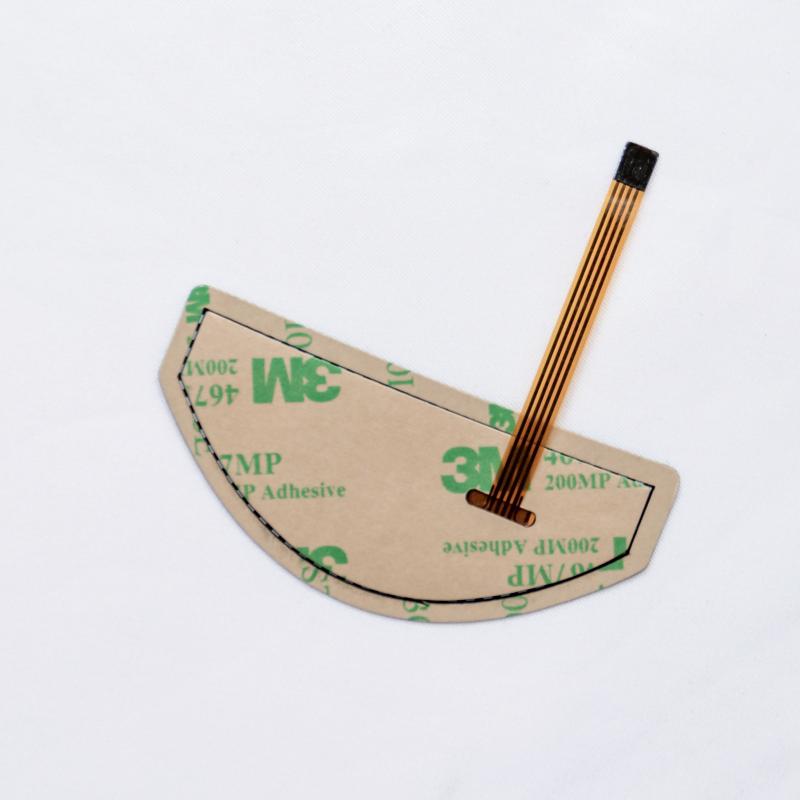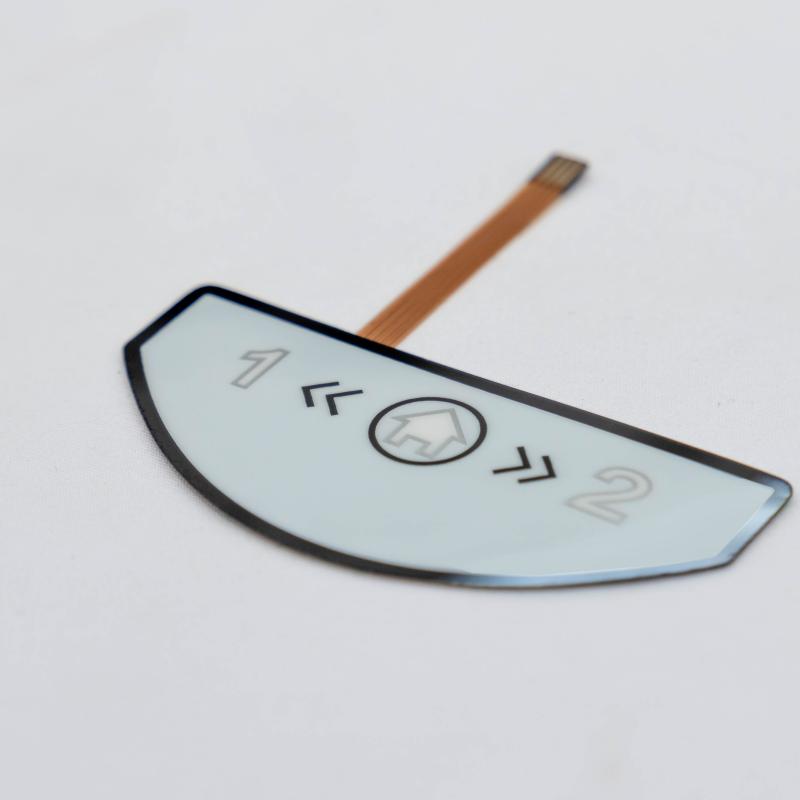Contact
Write to Us And We Would Be Happy to Advise You.
Do you have any questions, or would you like to speak directly with a representative?
By hqt
Membrane switches are a type of user interface that are widely used in a range of electronic devices, from medical equipment to industrial controls and beyond. They are popular for their durability, low cost, and ease of use, but not all membrane switches are the same. In this article, we will explore the differences between tactile and non-tactile membrane switches.



A membrane switch is a type of switch that uses a thin, flexible membrane as its primary interface. The switch is typically made of three layers: a top layer that acts as a graphic overlay, a middle layer that contains the switch circuitry, and a bottom layer that provides structural support. When the switch is pressed, it activates the circuitry, which sends a signal to the device it is controlling.
A tactile membrane switch is a type of switch that provides a tactile feedback when it is pressed. This feedback is typically in the form of a “click” or other audible or physical sensation. Tactile membrane switches are designed to provide the user with an indication that the switch has been pressed, which can be especially important in situations where it is difficult to see the switch.
A non-tactile membrane switch, on the other hand, does not provide any feedback when it is pressed. Non-tactile membrane switches are often used in applications where feedback is not required, such as in medical equipment or industrial control systems.
The primary difference between tactile and non-tactile membrane switches is the presence or absence of feedback when the switch is pressed. Other key differences include:
Durability: Both tactile and non-tactile membrane switches are durable and long-lasting, but non-tactile switches tend to have a longer lifespan due to the absence of moving parts.
Cost: Non-tactile membrane switches are generally less expensive than tactile switches due to their simpler design.
Ease of use: Tactile membrane switches are often easier to use than non-tactile switches, as they provide a clear indication when the switch has been activated.
Versatility: Non-tactile membrane switches are more versatile than tactile switches, as they can be used in a wider range of applications and environments.
In conclusion, both tactile and non-tactile membrane switches have their own unique advantages and disadvantages. When deciding which type of membrane switch is right for your application, it is important to consider factors such as feedback, cost, durability, and ease of use. Whether you need a switch that provides feedback, or a switch that is
durable and low-cost, there is a membrane switch to suit your needs.
Do you have any questions, or would you like to speak directly with a representative?